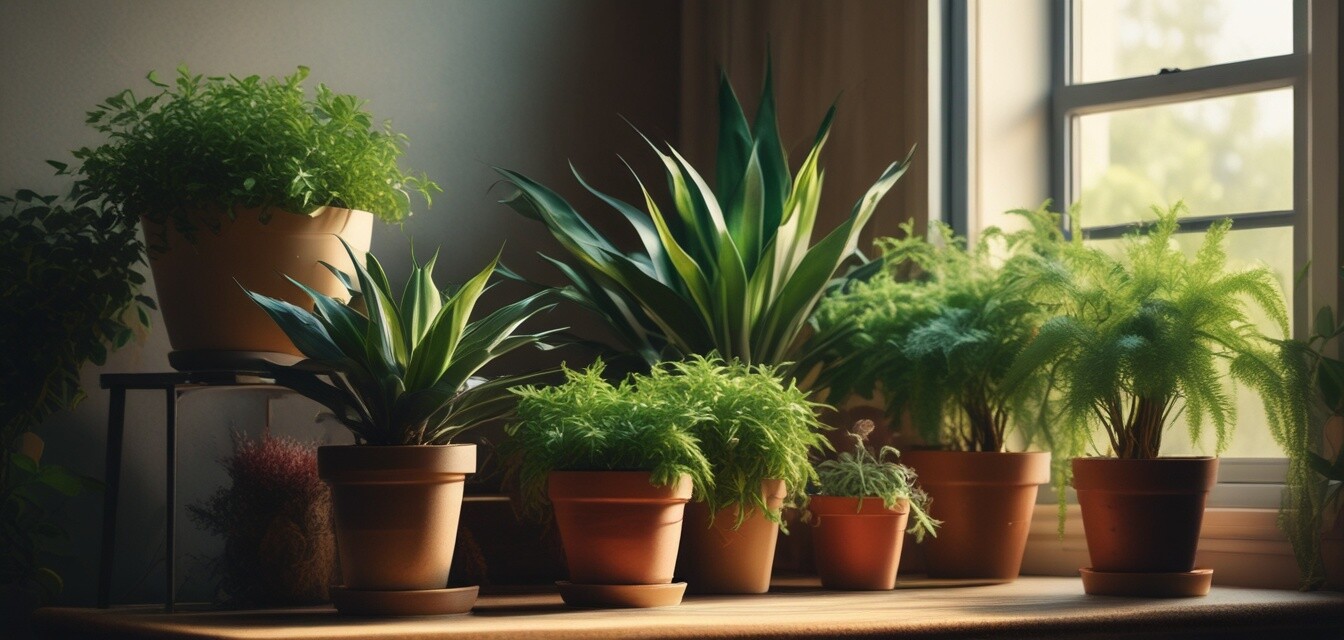
Drought-Tolerant Plants Perfect for Busy Lifestyles
- Drought-tolerant plants are ideal for busy individuals seeking low-maintenance greenery.
- Proper selection can enhance home aesthetics and improve air quality.
- Many of these plants can thrive in varying indoor conditions with minimal care.
For those leading busy lifestyles, maintaining a lush and thriving indoor garden may seem daunting. Thankfully, drought-tolerant plants are a perfect solution for individuals who desire greenery without the time commitment of traditional houseplants. In this guide, we will explore several options that require minimal watering and minimal upkeep, making them an excellent fit for every modern home.
Why Choose Drought-Tolerant Plants?
Drought-tolerant plants have adapted to survive with minimal water. They not only add beauty to your living space but also contribute to a healthier indoor environment by purifying the air. Here are a few benefits:
- Low Water Requirements: These plants thrive on little water, making them perfect for those with busy schedules.
- Reduced Maintenance: Less frequent watering means you can spend more time enjoying your space rather than maintaining it.
- Eco-Friendly: Choosing drought-tolerant options helps conserve water, making it a sustainable choice for the environment.
Top Drought-Tolerant Plants for Your Home
Let's take a closer look at some of the best drought-tolerant plants that you can easily incorporate into your home.
| Plant Name | Light Requirements | Watering Needs | Care Level |
|---|---|---|---|
| Snake Plant | Low to bright indirect light | Infrequent watering | Easy |
| Cactus | Bright direct light | Water every 2-3 weeks | Moderate |
| Succulents | Bright indirect light | Water every 1-2 weeks | Easy |
| Aloe Vera | Bright indirect light | Water every 2-3 weeks | Easy |
Detailed Plant Reviews
1. Snake Plant
The Snake Plant (Sansevieria) is renowned for its resilience and unique architectural leaves. This hardy plant thrives on neglect and can survive in low light, making it an ideal choice for busy homes. Its air-purifying qualities are an added bonus, helping improve your indoor air quality.
2. Cactus
Cacti are well-known for their ability to store water, making them an ideal choice for drought-prone areas. The Cactus 'Life Saver' is particularly popular. With its stunning green color and minimal care requirements, it adds a unique touch to any room. You can learn more about this plant here.
HOUSE PLANT SHOP | Cactus 'Life Saver'
This easy-care cactus is perfect for busy lifestyles, requiring minimal watering while beautifying your space.
Learn More3. Succulents
Succulents are a diverse group of plants that are not only beautiful but incredibly easy to care for. They come in various shapes and colors, adding both variety and character to your indoor garden. Simply provide bright, indirect light and allow the soil to dry out between waterings for optimal health.
4. Aloe Vera
Aloe Vera is not just a beautiful plant; it's also a multi-functional one. Known for its soothing gel, it requires minimal care—just a little light and water every few weeks. Its striking appearance and easy care make it suitable for busy homeowners.
Tips for Caring for Drought-Tolerant Plants
- Choose the right pot with good drainage.
- Invest in quality potting soil to promote plant health.
- Water less frequently, especially in winter months.
- Keep an eye out for pests but don’t over-fertilize.
- Rotate plants to ensure even light exposure.
Conclusion
Drought-tolerant plants are an excellent way to enjoy greenery in your home without dedicating extensive time and effort to their care. With options like the Snake Plant, Cactus 'Life Saver', and others, you can enhance your indoor environment effortlessly. Check out more tips on choosing the right plants for your home by visiting our Houseplants for Beginners page and discover low-maintenance options suitable for your lifestyle.
Pros
- Requires minimal watering and care.
- Enhances the aesthetics of any space.
- Improves air quality.
Cons
- Some varieties may require bright sunlight.
- Over-watering can lead to root rot.


